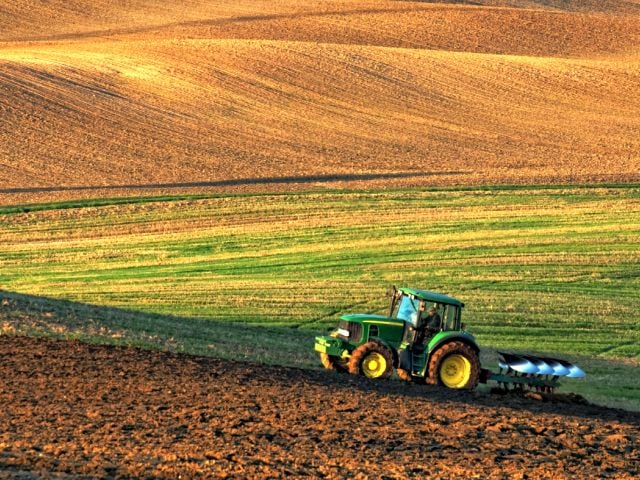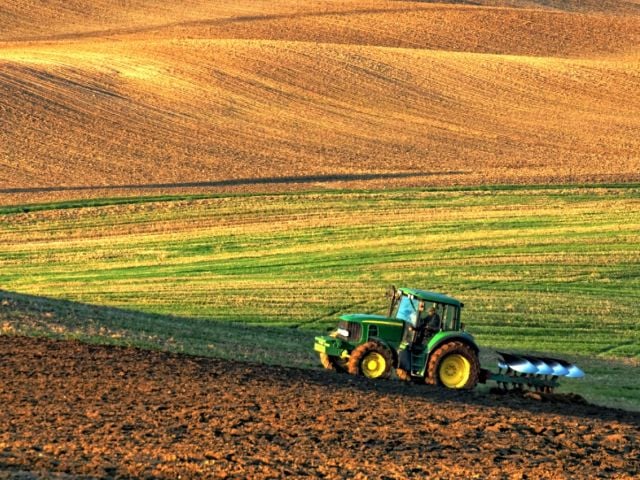MINNEAPOLIS – A new Environmental Working Group analysis for the first time identifies and maps more than 2,500 animal feeding operations in, and at the edge of, the Western Lake Erie Basin – revealing 90 percent aren’t monitored by any government agencies.
Animal facilities in the Western Lake Erie Basin – a watershed encompassing nearly 6 million acres in Indiana, Michigan and Ohio – house about 400,000 cows, 1.8 million hogs and 24 million chickens and turkeys. The basin drains into Lake Erie, which is plagued by an infamous large toxic algae bloom every summer.
“EWG’s groundbreaking report and map enable everyone – members of the public, policy makers and even regulators – to finally see the locations of all animal feeding operations in the Western Lake Erie Basin,” said EWG Midwest Director Anne Schechinger. “Pinpointing where manure is produced in the watershed constitutes an important first step in tracing where it ends up – and, ultimately, keeping it out of vital waterways like Lake Erie.”
Until now, no one has known the locations of all the facilities in the basin, or what’s likely happening to the massive amounts of manure they generate. That’s because states and the federal government track only the largest factory farms, called confined animal feeding operations, or CAFOs, and require a permit to be built.
Operations whose size falls below a certain threshold are not required to get state or federal permits, and once they’re up and running, their owners don’t need to account for how much waste the animals generate, or where it ends up.
EWG found over 2,200 unpermitted facilities in the Western Lake Erie Basin – 90 percent of all 2,500 animal operations in the watershed. And though these operations are smaller than permitted CAFOs, collectively they produce most of the manure in the basin.
The most common way to dispose of livestock manure is to apply it to cropland as a fertilizer. The manure is largely managed in a liquid form – a combination of feces, urine and water – so it is heavy and costly to transport. That means manure is usually applied to fields close to where it is generated, most often within a few miles.
EWG’s report and map pinpoint hot spots in the Western Lake Erie Basin with high densities of animal agriculture operations, from small to large facilities. Our calculations show, in several places, there is likely not enough cropland nearby to absorb the massive amounts of nutrients, primarily nitrogen and phosphorus, in these animals’ manure.
In other words, some of the algae-bloom-feeding phosphorus the manure contains is almost certainly running off farm fields and into nearby waterways – and at least some of it will eventually make its way into Lake Erie.
“By shining a light on hot spots where facilities are particularly dense, we’re hoping to help state agencies in Indiana, Michigan and Ohio determine where to focus efforts to better track and manage these facilities and the enormous quantities of manure they produce and apply to crops,” Schechinger said.
The new analysis builds on EWG’s 2019 report spotlighting how manure from mostly unregulated animal feeding operations in the Maumee River Basin contributes significantly to pollution in the Maumee River and western Lake Erie.
The Maumee River Basin is a smaller watershed within the Western Lake Erie Basin. So by extending the analysis to the entire Western Lake Erie Basin – including a 5-mile buffer to predict where manure might realistically be applied – EWG has provided a more complete understanding of the sources of manure that could be contributing phosphorus to Lake Erie.
###
The Environmental Working Group is a nonprofit, non-partisan organization that empowers people to live healthier lives in a healthier environment. Through research, advocacy and unique education tools, EWG drives consumer choice and civic action. Visit www.ewg.org for more information.



